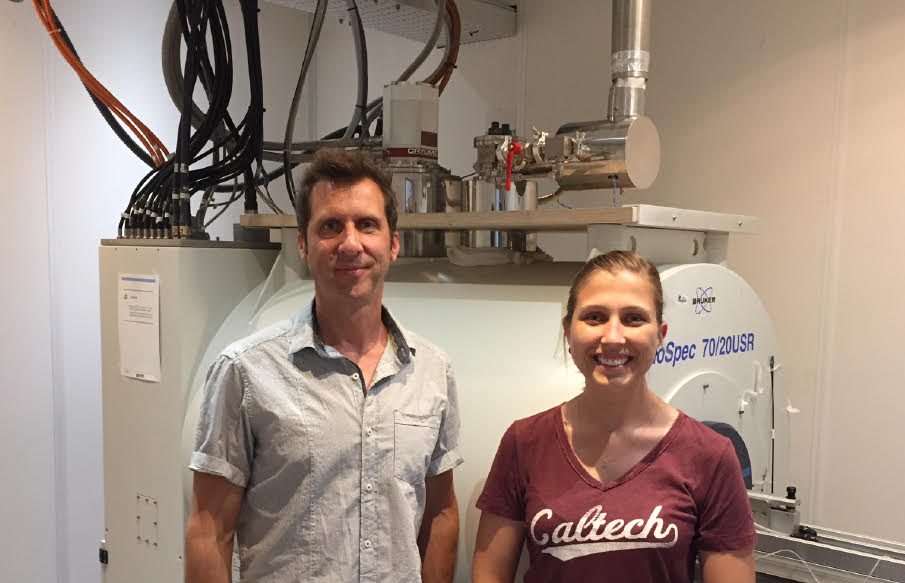Non-Invasive Imaging as a Biomarker for Fragile X Clinical Trials

Andreas Frick, PhD
Principal Investigator
Kamila Castro Grokoski, PhD
FRAXA Fellow
Neurocentre Magendie
France
2017-2018 Grant Funding: $90,000
Summary
With this $90,000 award, Kamila Castro and Principal Investigator Dr. Andreas Frick are using non-invasive magnetic resonance imaging (MRI) methodology to assess connectivity changes in the brain in Fragile X.
If this project is successful, we will have objective outcome measures to evaluate new treatments, both in mice bred to mimic Fragile X and in human patients.
The Science
by Andreas Frick, PhD
Connectivity as a Biomarker for Evaluating Investigational Treatments for Fragile X Syndrome
The brain is composed of interconnected networks that allow different areas of the brain to talk to one another. This communication, or connectivity, is important for the brain to carry out its multiple functions and to process different types of information. Neuroimaging approaches, such as magnetic resonance imaging (MRI) allow us to measure functional networks in the brain and also to detect changes in gross-scale wiring which might cause the brain to malfunction.
Correcting Altered Wiring and Communication in the Fragile X Mouse Model
In much the same way that MRI can be used for clinical purposes in humans, small-scale MRI approaches now exist for imaging brain networks in the mouse. We are exploiting this technology to evaluate the effects of chronic pharmacological treatment in the mouse model of FXS. We have promising preliminary findings suggesting that certain structural connectivity measures are corrected by long-term drug treatment. We are now extending these findings to examine how the major information routes of the brain are impacted by the disorder and whether they might also be positively altered through pharmacological intervention. We are also improving methodology for imaging functional networks in the mouse brain, with the goal of using functional connectivity as an outcome measure. In addition, we hope to correlate these changes with behavioral measures.
A New Biomarker for Clinical Trials
There is an urgent need for improved outcome measures for Fragile X clinical trials. Behavioral ratings can be subjective and hard to quantify, so we need tests that can evaluate a potential treatment’s biological effects in an objective and easily measurable way. Neuroimaging approaches can be applied to both mice and humans. If this project is successful, we will have objective outcome measures to evaluate new treatments, both in mice bred to mimic Fragile X and in human patients.

